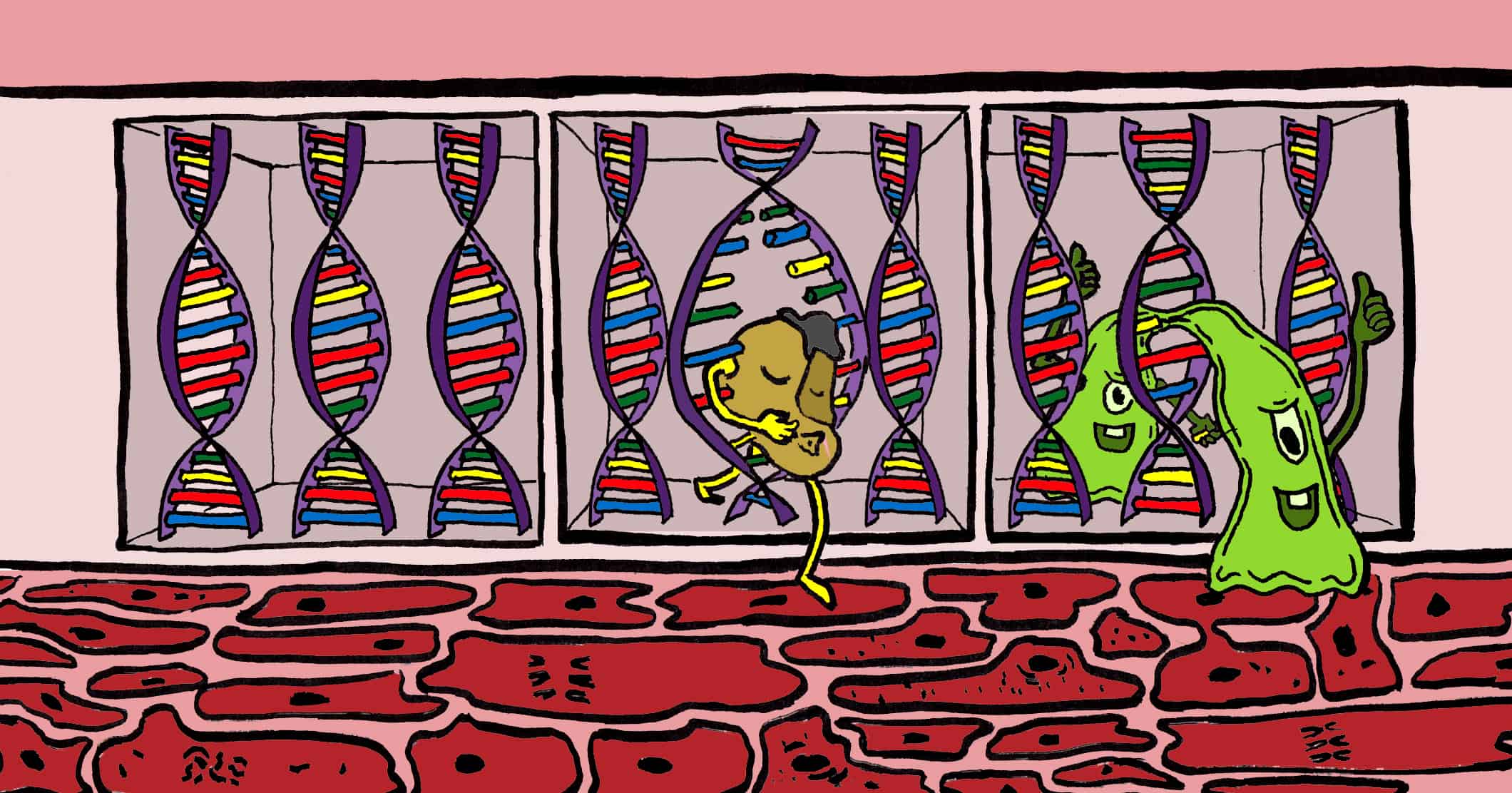The large variation in tumour genetics amongst patients makes the development of customized cancer therapies a hot area for research. The ability to customize cancer treatments will help doctors cut down on risks posed to the patient. For example, chemotherapy is a difficult treatment for patients to undergo; it has debilitating side-effects and it can even be dangerous.
This is why Duke University in Durham, North Carolina, was pegged as providing the best cancer treatments when it announced five years ago that it had developed a way to match a patient’s tumour to the most effective chemotherapeutic drug. This attempt was considered revolutionary, since every tumour is unique due to differences from person to person at the DNA level. Anil Potti, Joseph Nevins, and their colleagues at Duke University claimed that they could fix this problem and had their work published in top medical journals. The future was looking bright for the future of cancer therapy until other scientists began to notice that some of the researchers’ results could not be explained. After years of investigation, it became clear that Dr. Potti and colleagues had manipulated their results to prove their theories. The whole project was fraudulent — one that tarnished the reputation of an excellent university, but more importantly, deceived patients who had advanced cases of the disease.
Despite the outcome of this disturbing investigation, research continued in the field of customized cancer therapy. Scientists continued to wrestle with the feat of choosing the most appropriate drug based on patients’ cancer genetics. Although this method appears to be straightforward, recent reports indicate that answers are far from simple.
In a detailed analysis of several tumours, Dr. Charles Swanton and colleagues working in the Cancer Research division at the London Research Institute in England have found genetic differences within a single tumour. They have also found differences in the genetics of the primary tumour compared to the metastatic tumours (cancer that has spread). Using gene sequencing to an unprecedented degree, they studied the tumours of four patients with advanced kidney cancer and discovered that two-thirds of the gene mutations they observed did not exist in all parts of the same tumor. Shockingly, they also found that the same gene was mutated in several different ways within a single tumour.
Their results were published in a recent edition of the New England Journal of Medicine, and many are viewing this information as a setback for customized cancer treatments. Swanton’s work was specific to kidney cancer patients, but experts believe that similar principles apply to a variety of cancers. Currently, the 15 gene-targeting drugs that are on the market and the hundreds more that are being tested have had little success, and this study may explain why.
As tumour genetics become clearer, the best treatment options become more obscure. Doctors rely on single biopsies to select the most appropriate drug for patients, but given Swanton’s findings, biopsy results may not always be indicative of the cancer’s true biology. A single biopsy would only help to identify a subset of the mutations present in the tumour. At this time, it is unknown whether doing more biopsies would improve accuracy.
Is directing therapy on the basis of genetic markers found in a single biopsy too simplistic? Likely, but many still believe that this study doesn’t render current targeted therapies completely useless. Some cancers will respond to drugs that are directed at particular features of the patient’s genetics. Additionally, other factors related to treatments have to be adjusted for commercial use. For instance, sequencing a person’s entire cancer genome will not be available in the clinic for several years because it is costly and time consuming. At the very least, this study has highlighted the complexity of cancer genetics. Will efforts dedicated to curing cancer with customized therapies change as a result of this study? We’ll have to wait and see.


